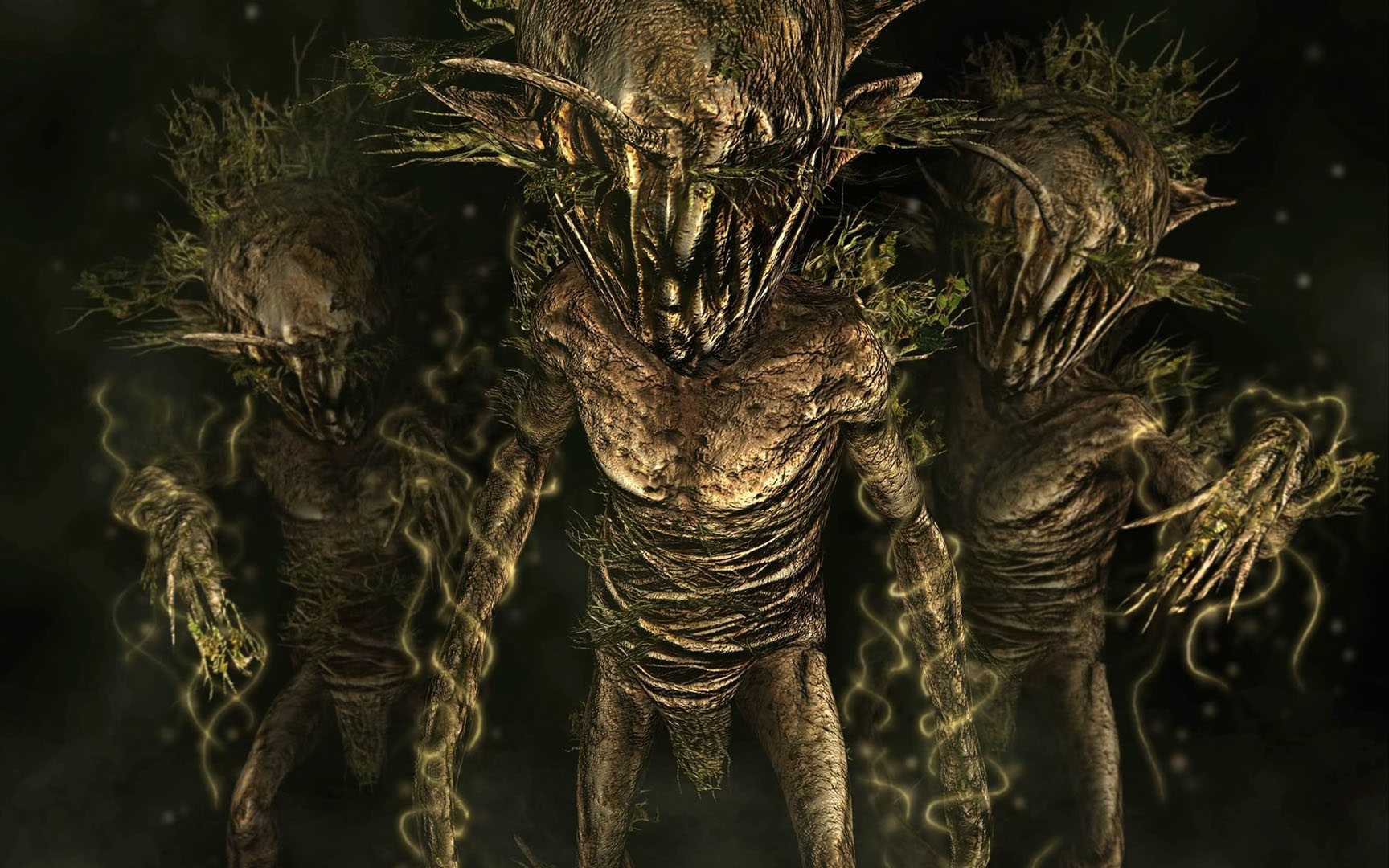"To adapt is to overcome."
Another great source of inspiration was the use of the Castlevania series, mainly using monsters from folklore around the world, followed by mythical and fantasy means. All of it revolves around the use of a greater magic that's sweeping the land that of which the series is based upon. Creatures such as Dullahan, Mandragoras, Manticores, and other kinds of creatures exist in this series, which I drew a lot of inspiration from with the creature design.
Finally, I'd like to bring up the Final Fantasy series, that of which is literally a world devoted to a fantasy and magic landscape with the creatures that inhabit it. Everything from the world about it to the characters is all involved in a sense of something out of reality, where technology and magic mix, and monsters can even be a mix between the two as well. Things such as mechanized weapons that come to life, or mana-runned machines that are also half-creatures exist, and my game's main inspiration draw from this was the abstract use of elements (such as the Calamity Cube itself) and the main antagonist, Chaos.
A good way to sum up all of this is with the line,
"To overcome a destructive god, or to become all-powerful?"
My reasoning for this was because my game has two different ways to play:
- An all out free-for-all player fight where each player is a magician seeking unlimited power from the cube.
- A cooperative game where the players are tasked with sealing the cube away because the creator, Chaos, is to use it to destroy the world.
I'm starting to illustrate some cards for the game, in which the cube creates creatures or events that can be played by players to affect the game. The cube (dubbed for the time, "Calamity Cube") is built from space and time by Chaos himself, allowing players to play cards which illustrate events or ghosts of creatures from the past, present, and future, thus summing up the Fantasy and Magic themes. The time era I'm trying to imagine is near the Medieval Age, but not more than several years perhaps near the Crusades.
Since my game revolves around the use of a six-sided cube with colors on each face, the color palette may seem slightly large due to this small detail. The final color that's a sort of light, ghostly blue is going to be a primary color of the cards.
As the cube generates ghosts of events or creatures, the majority of their illustrations will be done in that color to add to the illusion they're meant to represent.








No comments:
Post a Comment